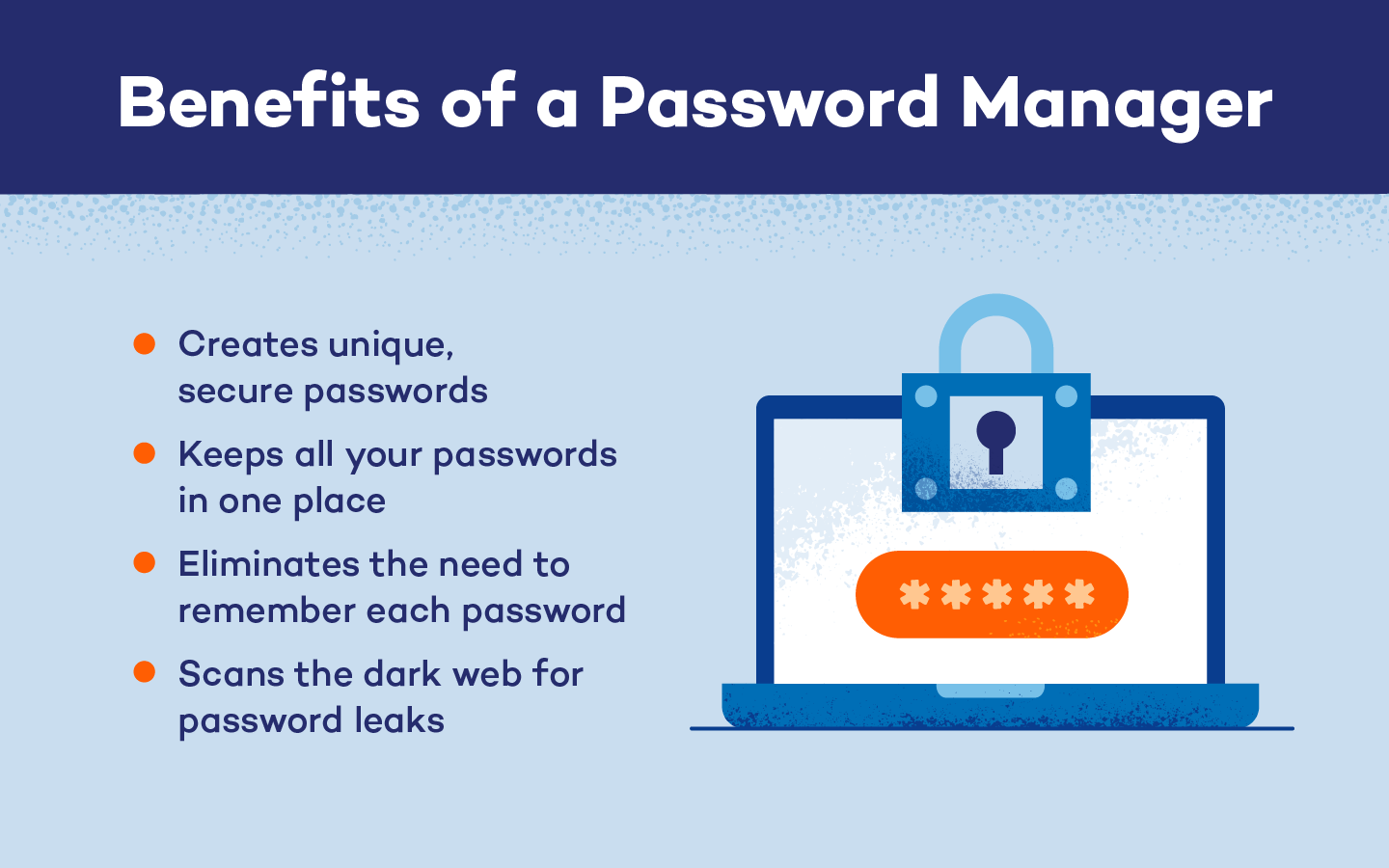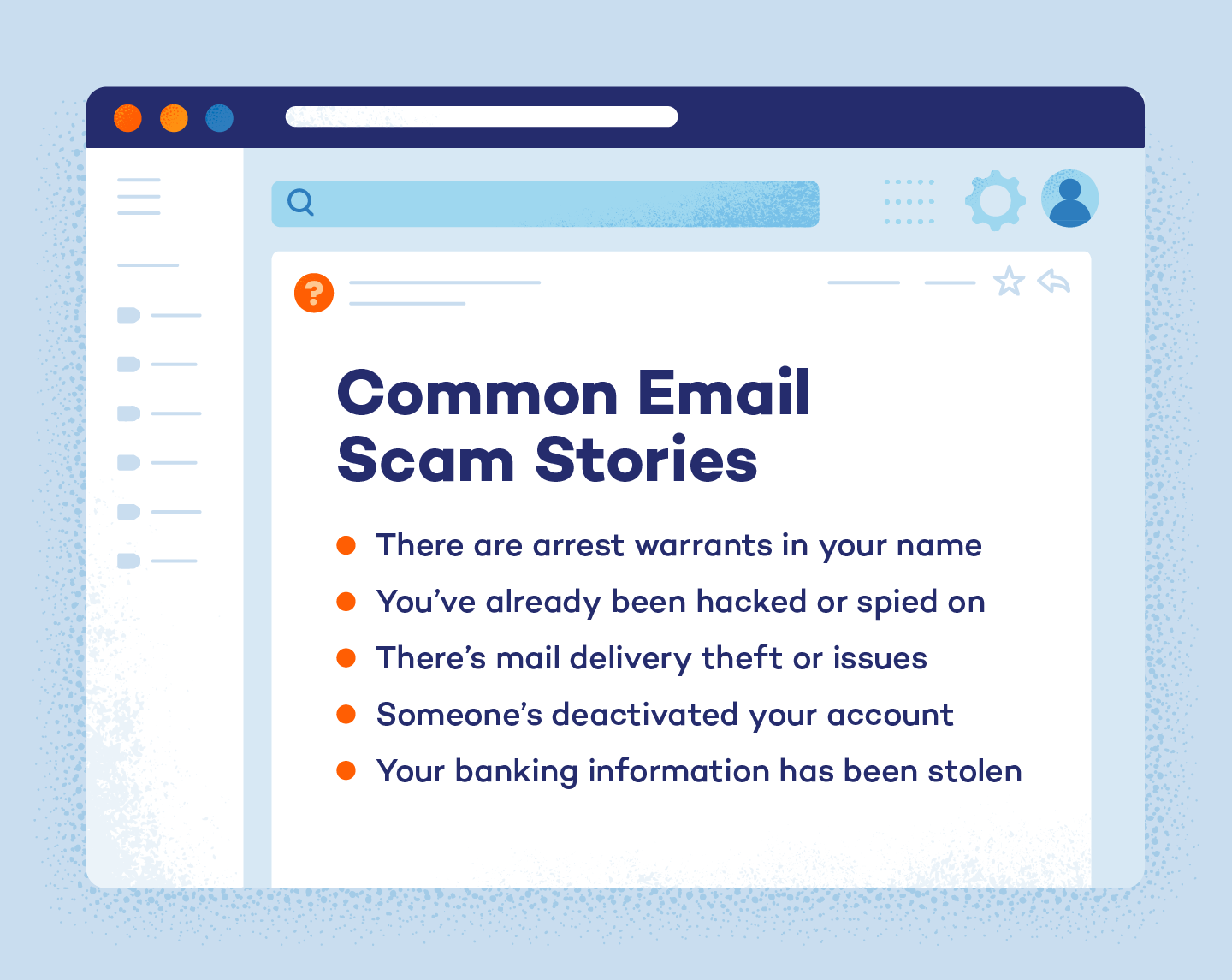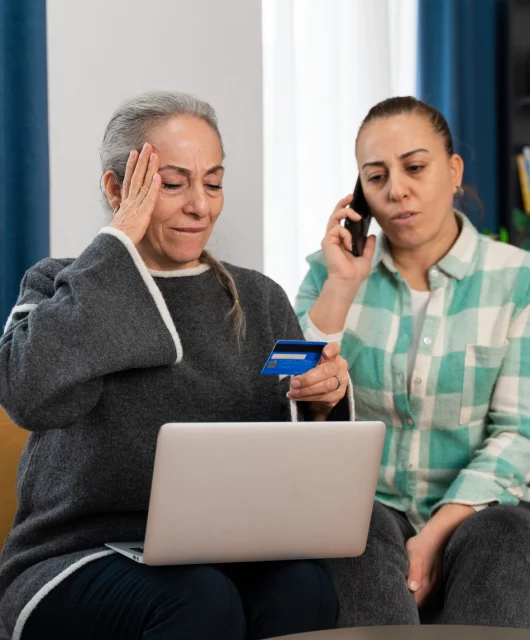You wouldn’t walk around in public handing out copies of your house key. But if you’re not taking the proper precautions to protect your personal information, you could be opening the door for hackers or scammers to potentially steal your identity or commit credit card fraud.
Luckily, there are some simple ways you can stay safe online. Panda Dome has a protection plan for any lifestyle, so you can browse without worry.
Keep reading to learn more about common online risks and how to avoid them with the following 15 best practices.
1. Use Public Wi-Fi Safely
Public Wi-Fi is great for convenience, but it’s not so great when it comes to protecting your personal data. Avoid logging into important accounts, such as your banking app, or sending messages with personal information while using public Wi-Fi.
Hackers can monitor these networks, gleaning your information or passwords. Using a VPN while surfing the web on public Wi-Fi can help protect your personal data and allow you to browse anonymously.
2. Use a VPN
A virtual private network (VPN) conceals and protects your IP address from anyone who might be monitoring a Wi-Fi network. VPNs are helpful when you’re using public Wi-Fi, where you never know who might be spying on your activity, hoping to catch your bank login information. They conceal your IP address, so you can browse anonymously.
Use Panda Security’s VPN for an added layer of protection — so you know your private browsing stays private.
3. Choose Secure and Unique Passwords
It’s tempting to reuse the same password to keep things simple, but that means if someone cracks the code, they’ll have access to all your important accounts. Make sure your passwords are different, and use a variety of numbers, letters, capitalization and special characters.
4. Utilize a Password Manager
If you struggle to keep up with all your passwords, consider using a password manager. Digital password managers help you create and store unique passwords, so you don’t need to keep track of them all by yourself. Some services even monitor the web for you and scan for any potential password leaks so you can take action sooner.
Panda Dome Passwords goes beyond the basics to help you keep track of your secure passwords across all devices, so you don’t need to worry the next time you’re trying to check your email or pay a bill.

5. Install a Firewall
Firewalls protect your internet network and the devices on it by blocking connections from unknown sources. They come in both software and hardware forms, protecting your personal information from prying eyes. Many devices have a built-in firewall, but an extra layer of protection never hurts.
6. Set Up Two-Factor Authentication
Two-factor authentication (2FA) verifies each login attempt to block logins from individuals who may have stolen an account password. It works by sending the account owner a second way to verify their identity, such as a text or email with a unique, one-time code each time they need to log in. To access the account, you need the proper username, password and access to the one-time code. Always enable 2FA if it’s an option to avoid getting hacked.
7. Know the Warning Signs of Hackers
It’s important to know common signs of hacking so you can take action as soon as possible and recover your accounts. Here are some warning signs that you may have been hacked:
- Device internet usage increases dramatically
- Device operating speed slows
- Battery depletes rapidly without explanation
- You receive unauthorized requests to change passwords
- New software or applications are downloaded automatically
8. Update Your Devices and Software
To protect your personal information, always update your software and operating system on all devices. These updates keep your devices running smoothly and often include patches that give up-to-date protection against any issues developers find. They’re a free and effective way to ensure your devices stay protected against cybersecurity threats.
9. Stay in the Know About Data Breaches
Educating yourself is a vital step in staying protected online. Data breaches are relatively common, and it’s important to know if you’re at risk so you can make new passwords, request new credit cards or take other steps to protect your personal information. A simple daily scan of technology news for recent breaches and malware — or using software that monitors data breaches for you — is an easy lifestyle change that can have a big impact on protecting your data.
10. Don’t Share Personal Information on Social Media
Social media brings people together, but you don’t want to invite scammers into your life. Be careful of sharing information on social media, even if it seems innocuous. Basic information you might not think twice about sharing, such as your favorite color or your pet’s name, could help hackers answer security questions and access your accounts without your consent. Always set your accounts to private for an added layer of defense.
11. Monitor Account Information
Monitor your accounts so you know when there’s suspicious activity. Contact your bank to set up credit monitoring or account notifications so your bank will alert you if anyone accesses your financial accounts or makes any changes. This makes it much easier to identify breaches and recover your account if anything happens.
Panda Security’s Dark Web Scanner constantly monitors your personal information, so you can take action as soon as a leak occurs.
12. Never Share Codes You Receive via Text or Email
2FA helps verify your identity before logging into an account. Some scammers have found a loophole, pretending their phone isn’t working and asking if they can use yours to log in instead. If you share the code, scammers can access or take over your account, and it can be difficult to recover account ownership when this happens. Never share a one-time code with anyone, and if you receive a code without trying to log in to that account, change the password immediately.
13. Never Click an Unknown Link or Attachment

One of the golden rules of using the internet is to never click a link or attachment unless you know exactly who it’s from and what it contains. Many hackers will send a link or attachment with a concerning message to tempt you to click. These links or attachments typically hide malware that can steal your personal information, access passwords or spy on your browsing habits. Some common stories scammers will use include false claims that:
- There are arrest warrants in your name
- You’ve already been hacked or spied on
- There’s mail delivery theft or issues
- Someone’s deactivated your account
- Your banking information has been stolen
14. Back Up Your Data
Back up important information on your devices regularly and store them in a secure cloud or hard drive. If you know your precious photos, documents and other important information are stored securely, you can wipe your devices if something goes wrong without losing anything personal.
15. Install Antivirus Software
If you don’t know what to look for, it can be tricky to spot the signs that someone has hacked your device until it’s too late. And once your device is infected, it can be difficult to get rid of a virus. To protect your personal information, install antivirus software on your devices to block unwanted spyware, hackers and other viruses.
Browse Safely With Panda Security
We rely on the internet now more than ever, so knowing how to use it safely can help protect your personal information. Panda Security Antivirus works around the clock to keep you safe, so you know your devices and personal information don’t end up in the wrong hands.






1 comment
Private personal information is good